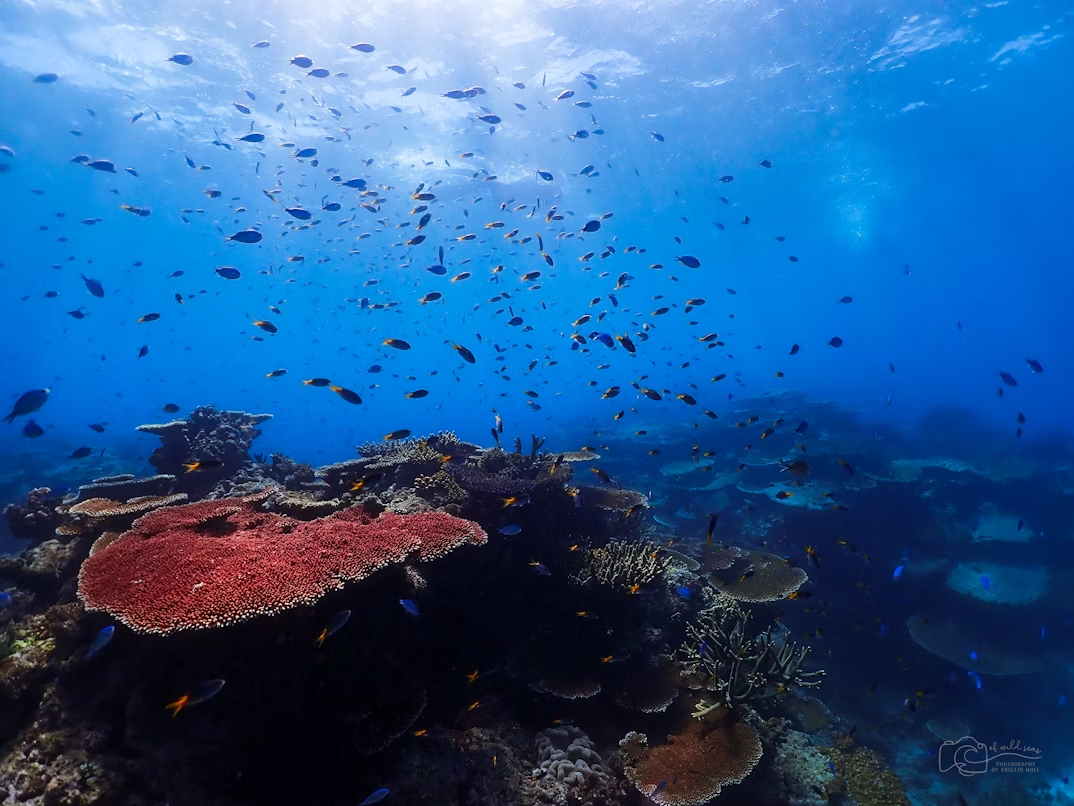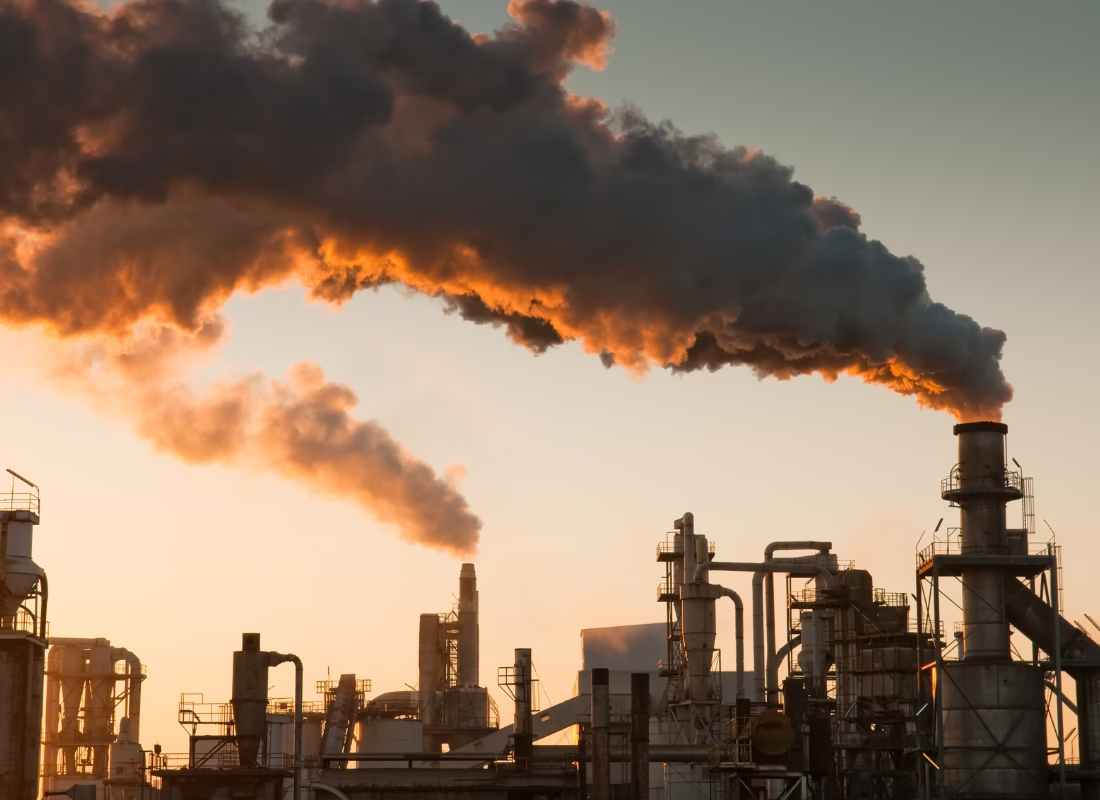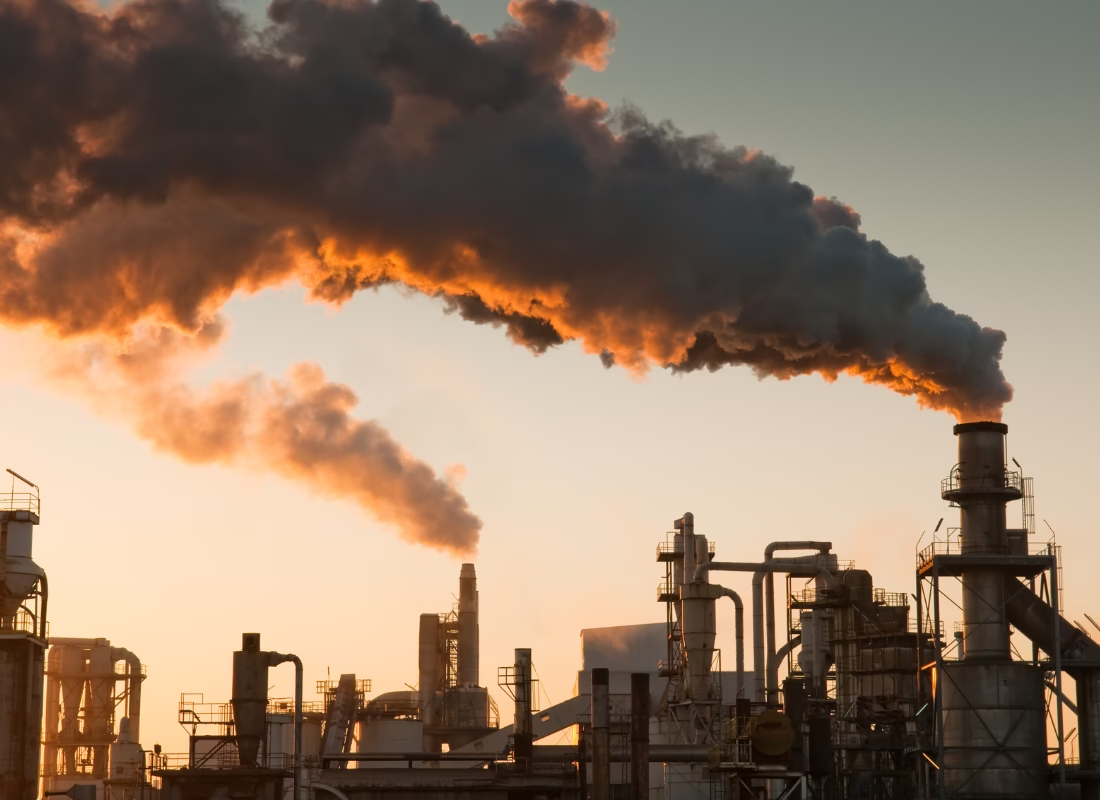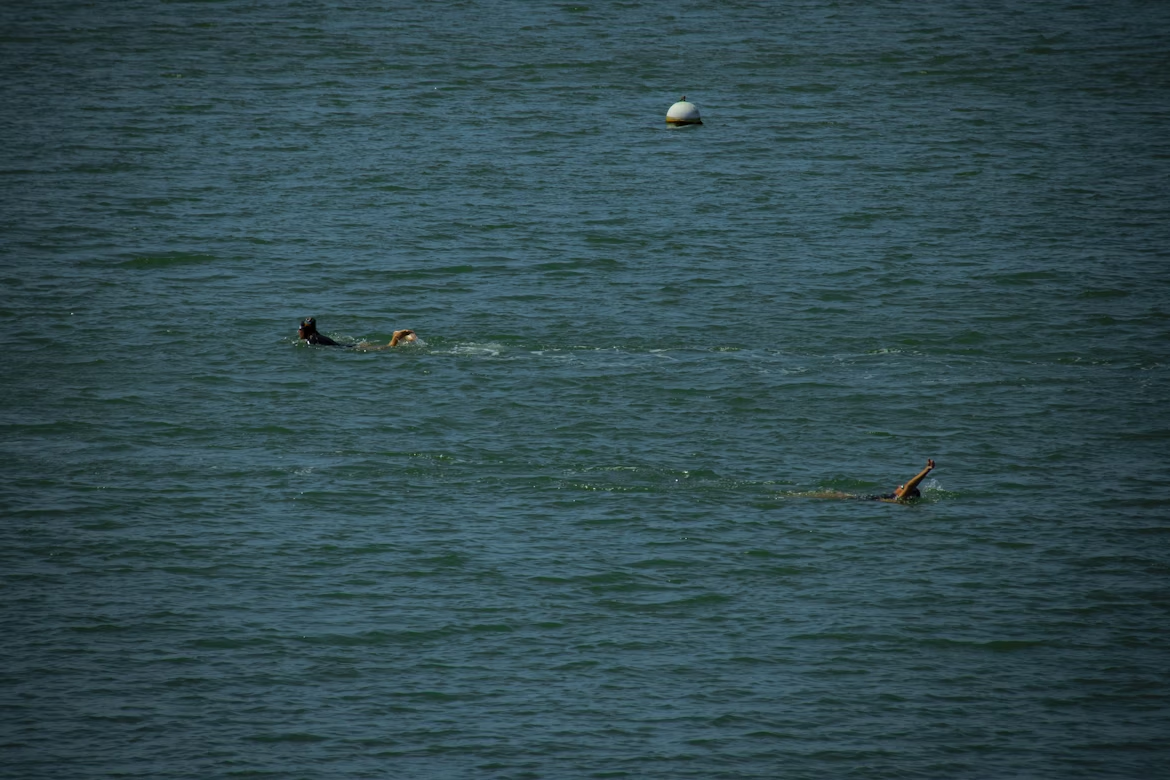Reports from the Australian government suggests that the Great Barrier Reef has seen its most severe coral bleaching episode since tracking started almost four decades ago.
According to the Australian Institute of Marine Science (AIMS), a poll carried out between August 2024 and May 2025 showed widespread bleaching across the reef caused by high ocean temperatures connected to climate change.
AIMS highlighted that it harmed coral health throughout the 2,300 km reef system, “this was the most spatially broad bleaching event ever seen.”
Due to record-high heat stress levels in the area, the southern third of the reef saw the worst collapse, with coral cover falling to just 26.9 percent—a one-third reduction. The falls in the southern and northern parts indicated the biggest annual loss over the 39-year monitoring record of the reef.
Mass bleaching episodes are becoming more frequent and more severe, according to Professor Selina Stead, CEO of AIMS. She said, “Strong decreases in greenhouse gas emissions will determine the fate of the world’s coral reefs.”
Stead underlined the need for local threat management and support for coral recovery and adaptation in addition to tackling climate change.
A biodiversity hotspot and a UNESCO World Heritage Site, the Great Barrier Reef is the biggest living construct on Earth. It supports more than 400 species of coral, 1,500 fish species, 4,000 kinds of mollusks, 240 bird species, and threatened marine species like the dugong and green turtle.
Although United Nations researchers have advised categorizing the reef as “in danger,” the Australian administration has rejected it, worried that such a designation might damage the tourism sector, which brings in billions of dollars yearly.








